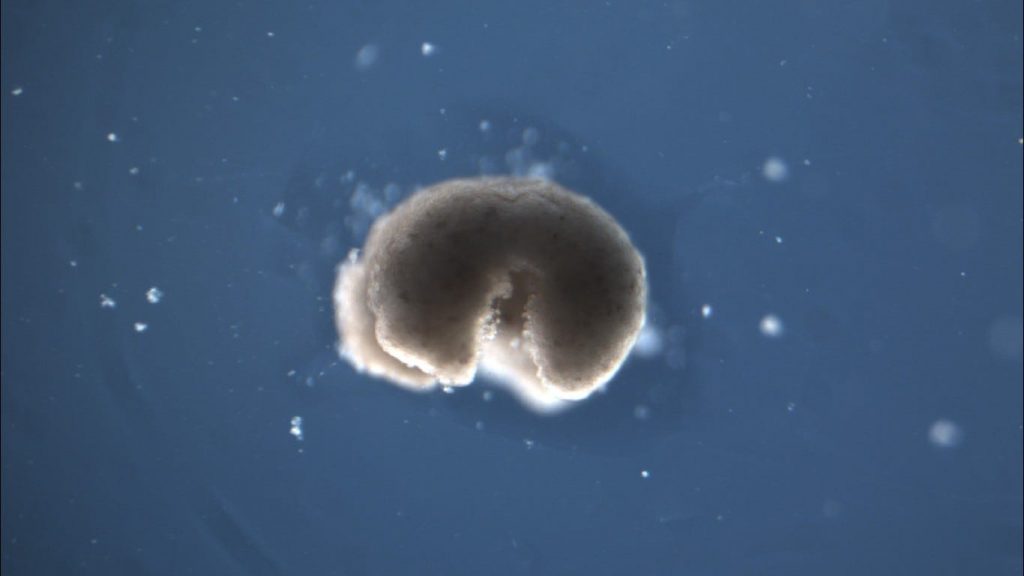The world’s first living robots, that were created in 2020 from frog cells, have transformed into the first-ever reproductive robots. A group of researchers from the University of Vermont, Tufts University and Harvard University’s Wyss Institute for Biologically Inspired Engineering, who were likewise its developers, has now observed their creation repeating to deliver their young ones. Nonetheless, this replication cycle is totally not the same as the natural cycles found in the organic world.
Named ‘Xenobots‘, these creatures were made out of the early stage stem cells of the Xenopus laevis frog and were acquainted with the world last year. These cells were hatched into saline water and the researchers hung tight for the outcome with next to no gene manipulation. Josh Bongard, a software engineering professor and mechanical technology master at the University of Vermont said in a CNN meet, “The vast majority consider robots made of metals and ceramics however it’s not such a lot of what a robot is produced using yet what it does, which is follow up on its own in the interest of individuals. In that manner, it’s a robot but on the other hand it’s plainly an organism produced using genetically unmodified frog cell.”
The specialists, who found the replication of the Xenobots, have distributed their discoveries in the diary PNAS. Prior, the specialists tracked down that these creatures, estimating close to a large portion of a millimeters, are fit for self-mending, moving and working in gatherings, notwithstanding, new disclosure affirms that they can likewise self-reproduce. Lead concentrate on creator Sam Kriegman was accounted for saying according to SciTechDaily, “These are frog cells repeating in a way that is altogether different from how frogs do it. No creature or plant known to science reproduces thusly.”
In a visual made utilizing artificial intelligence, the C-formed Xenobots were seen burning-through the stem cells in the Petri dish, and packaging them together inside its mouth, which following a couple of days arose as another Xenobot. Referring to the revelation as “significant”, Michael Levin, a professor at Tufts University said according to SciTechDaily, “These cells have the genome of a frog, in any case, liberated from becoming fledglings, they utilize their collective intelligence, a pliancy, to accomplish something amazing.” The researchers accept that this blend of self-recreating biotechnology and artificial intelligence will be hugely valuable in the advancement of regenerative medication and surprisingly the assortment of microplastics in the seas.
